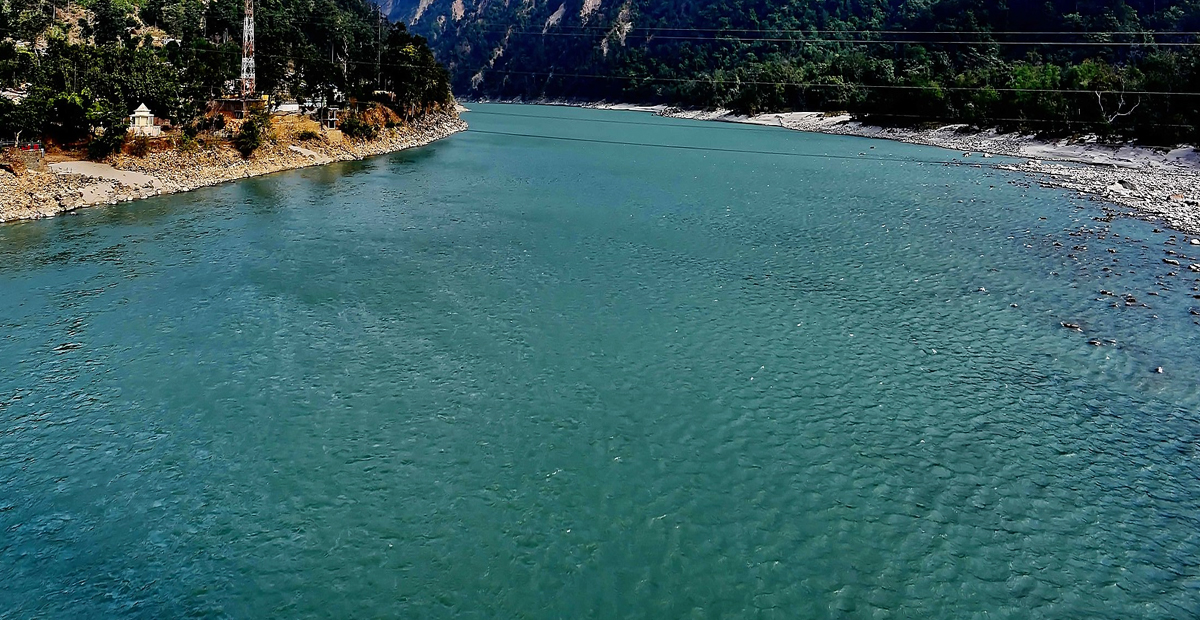
Kathmandu: A process for the study of the Karnali Chisapani Multipurpose Project, the largest hydropower project of South Asia, has been forwarded. As per the current price, the estimated cost of the project is Rs 11.47billion. The Nepal Electricity Authority (NEA) forwarded the study process of the 10,800-MW multipurpose project with its own resources.
A high-level team including Minister for Energy, Water Resources and irrigation, Shakti Bahadur Basnet, Energy Secretary Sushil Chandra Tiwari, Director General of Department of Irrigation, Churna Bahadur Oli and NEA Executive Director Kulman Ghising carried out onsite visit of the project site on December 25 and 26.

The NEA has advanced study process of Multipurpose Project in order to complete it within next three years. Locals are very excited after the government forwarded the study process, giving the project special importance.
The talk of construction of this project has enthused the locals in the hope that it will continue the development the construction of the Karnali Chisapani Bridge brought in west Nepal.

Khadga BK, Chairperson of Panchapuri rural municipality, Surkhet, said they would provide meaningful cooperation to make the project successful. "We are excited to know about the news that such a mega project is being constructed in our area, we are exhilarated" he said. "We urge the federal government to move ahead the process by addressing the justified demands of the locals," he added.
The reservoir of the proposed project would be constructed nearly two kilometres above the Karnali Chisapani Bridge that connects Bardiya and Kailali districts. The Karnali River would be dammed by constructing a 270 metres tall dam. Nepal Electricity Authority (NEA)'s current study stated that it would be a 'rock fill dam'.
The reservoir would be 167 kilometres long – 100 kilometres on the Karnali river, 45 kilometres on the Bheri river, 16 kilometres on the Seti river, six kilometres on the Thuligad river, according to NEA senior engineer Nasib Man Pradhan who was involved in the study.
As per a study conducted in 1989, the project will affect a total 11,570 hectares area and 54,600 locals. NEA said the affected area would be clearly identified by studying the latest situation.